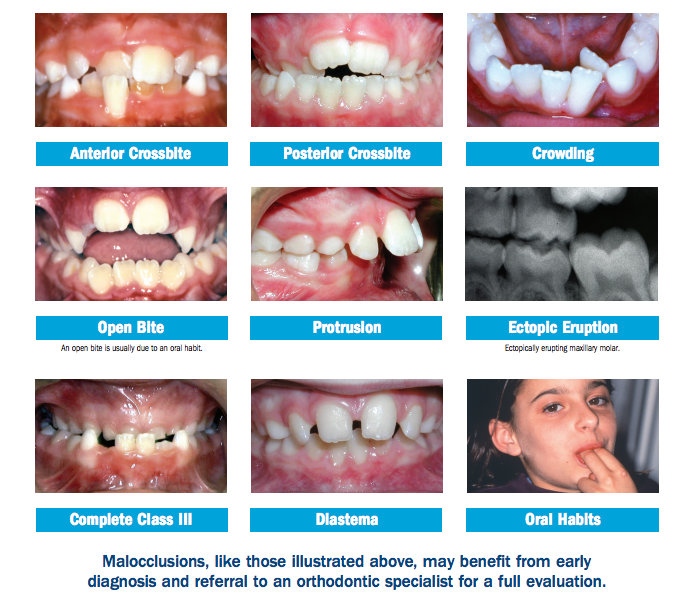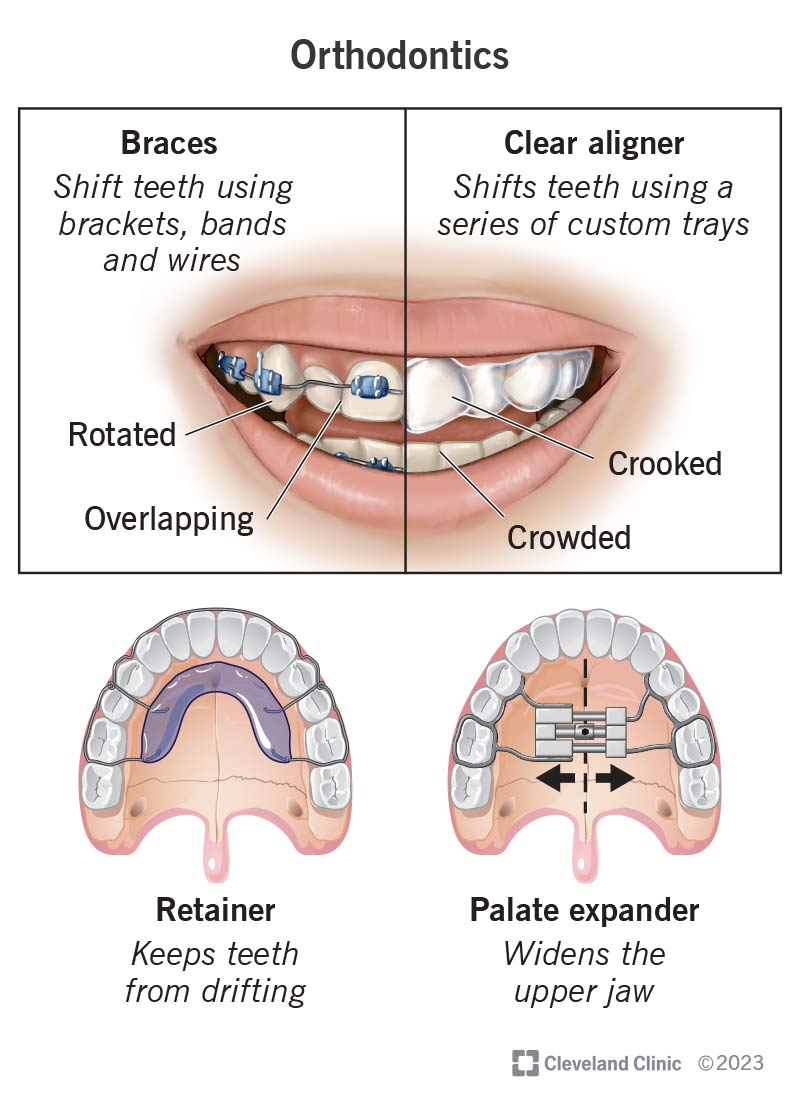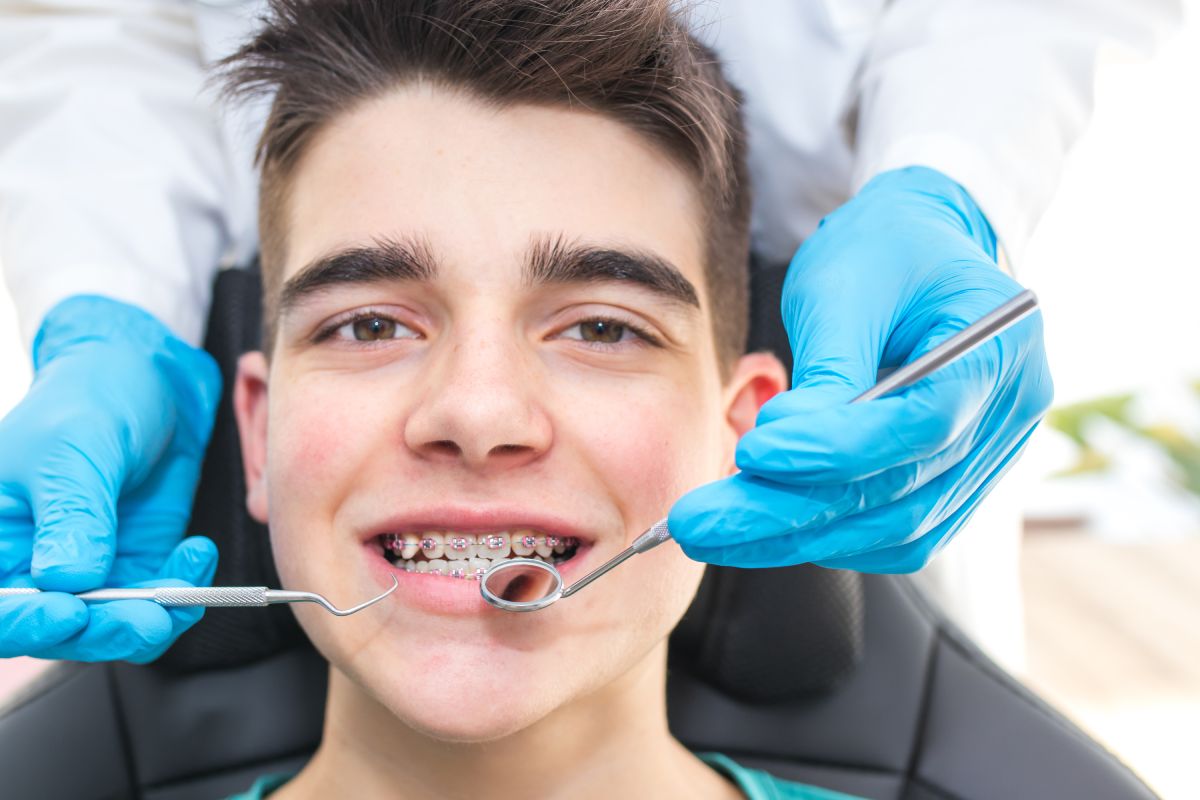An Unbiased View of Causey Orthodontics
Table of ContentsGetting The Causey Orthodontics To WorkWhat Does Causey Orthodontics Mean?Not known Incorrect Statements About Causey Orthodontics Rumored Buzz on Causey OrthodonticsCausey Orthodontics for Beginners
Overlooking occlusal relationships, it was common to remove teeth for a range of dental issues, such as malalignment or congestion. The idea of an undamaged teeth was not widely appreciated in those days, making bite connections seem unnecessary. In the late 1800s, the concept of occlusion was essential for creating trustworthy prosthetic replacement teeth.As these ideas of prosthetic occlusion proceeded, it ended up being a vital tool for dental care. It was in 1890 that the work and influence of Dr. Edwards H. Angle began to be really felt, with his contribution to contemporary orthodontics particularly notable. Focused on prosthodontics, he showed in Pennsylvania and Minnesota prior to directing his attention in the direction of oral occlusion and the therapies needed to preserve it as a regular problem, therefore coming to be known as the "daddy of modern orthodontics".

The principle of perfect occlusion, as postulated by Angle and integrated into a classification system, allowed a shift in the direction of dealing with malocclusion, which is any type of discrepancy from regular occlusion. Having a complete set of teeth on both arcs was very demanded in orthodontic treatment as a result of the requirement for exact relationships in between them.
Excitement About Causey Orthodontics
As occlusion ended up being the key concern, facial proportions and aesthetics were neglected - emergency orthodontist near me. To accomplish excellent occlusals without utilizing exterior pressures, Angle proposed that having best occlusion was the most effective means to gain maximum facial aesthetics. With the passing of time, it came to be rather noticeable that also an outstanding occlusion was not appropriate when thought about from a visual viewpoint
Charles Tweed in America and Raymond Begg in Australia (who both researched under Angle) re-introduced dentistry removal into orthodontics throughout the 1940s and 1950s so they can enhance face esthetics while also making certain better stability concerning occlusal partnerships. In the postwar period, cephalometric radiography started to be utilized by orthodontists for determining adjustments in tooth and jaw setting triggered by development and treatment. It ended up being evident that orthodontic treatment could adjust mandibular growth, bring about the formation of useful jaw orthopedics in Europe and extraoral pressure measures in the US. These days, both practical devices and extraoral tools are used around the globe with the goal of modifying growth patterns and kinds. Consequently, pursuing true, or a minimum of boosted, jaw partnerships had ended up being the primary objective of treatment by the mid-20th century.
Getting The Causey Orthodontics To Work
 Till the mid-1970s, dental braces were made by wrapping steel around each tooth. http://adizze.com/directory/listingdisplay.aspx?lid=60044., it came to be feasible to rather bond metal brackets to the teeth.
Till the mid-1970s, dental braces were made by wrapping steel around each tooth. http://adizze.com/directory/listingdisplay.aspx?lid=60044., it came to be feasible to rather bond metal brackets to the teeth.Andrews provided an insightful meaning of the ideal occlusion in long-term teeth. This has had significant impacts on orthodontic therapies that are carried out regularly, and these are: 1. Appropriate interarchal connections 2. Appropriate crown angulation (idea) 3. Correct crown inclination (torque) 4. No rotations 5. Tight contact points 6. Flat Curve of Spee (0.02.5 mm), and based upon these concepts, he uncovered a therapy system called the straight-wire device system, or the pre-adjusted edgewise system.
The advantage of the design hinges on its bracket and archwire combination, which requires only minimal cable bending from the orthodontist or clinician (cheapest orthodontist near me). It's aptly called hereafter feature: the angle of the slot and thickness of the bracket base eventually determine where each tooth is positioned with little need for additional control
The 5-Second Trick For Causey Orthodontics
Both of these systems used similar braces for every tooth and required the bending of an archwire in 3 planes for situating teeth in their desired settings, with these bends dictating supreme positionings. When it concerns orthodontic devices, they are divided into 2 types: removable and dealt with. Removable devices can be taken on and off by the individual as called for.

Hence, mostly all modern set home appliances can be considered variants on this edgewise home appliance system. Early 20th-century orthodontist Edward Angle made a significant payment to the world of dental care. He produced 4 unique appliance systems that have actually been utilized as the basis for many orthodontic therapies today, disallowing a couple of exceptions.
Little Known Facts About Causey Orthodontics.

The cord ended in a thread, and to move it forward, a flexible nut was made use of, which allowed for a boost in circumference. By ligation, each individual tooth was connected to this large archwire (orthodontist services). Because of its minimal series of movement, Angle was not able to achieve accurate tooth placing with an E-arch
These tubes held a soldered pin, which could be repositioned at each consultation in order to relocate them in location. Referred to as the "bone-growing appliance", this gizmo was supposed to motivate much healthier bone development due to its capacity for moving force straight to the origins. Implementing it proved troublesome in fact.